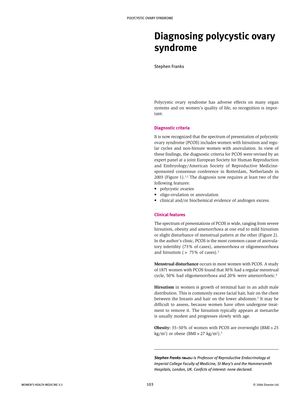TLDR PCOS is diagnosed when at least two of these three features are present: polycystic ovaries, irregular ovulation, and high androgen levels.
The document from 2006 discusses the diagnostic criteria and features of polycystic ovary syndrome (PCOS), a condition with a wide spectrum of presentations affecting women's reproductive and metabolic health. The Rotterdam consensus from 2003 established that at least two of the following features are required for diagnosis: polycystic ovaries, oligo-ovulation or anovulation, and clinical or biochemical evidence of androgen excess. The article notes that PCOS is the most common cause of anovulatory infertility (73% of cases) and is often associated with menstrual disturbances and hirsutism. A study of 1,871 women with PCOS showed that 30% had regular menstrual cycles, 50% had oligomenorrhoea, and 20% were amenorrhoeic. Obesity is prevalent in 35-50% of women with PCOS. Androgenic alopecia is found in 5-10% of women with PCOS, and a separate study found that 67% of women with androgenic alopecia had PCOS. The diagnosis of PCOS is supported by clinical examination, ultrasonography, and hormonal investigations, including serum testosterone and luteinizing hormone (LH) levels. Insulin resistance, which occurs in 30-60% of women with PCOS, necessitates metabolic screening, particularly for type 2 diabetes in obese women. The document also emphasizes the importance of differentiating PCOS from other conditions that may present with similar symptoms, such as Cushing's syndrome or androgen-secreting tumors.
 278 citations
,
August 2004 in “Best Practice & Research in Clinical Obstetrics & Gynaecology”
278 citations
,
August 2004 in “Best Practice & Research in Clinical Obstetrics & Gynaecology” Polycystic ovaries are defined by having 12 or more small follicles in each ovary and are found in up to 33% of women, while Polycystic Ovary Syndrome (PCOS) is the most common hormone disorder in women of reproductive age, potentially increasing risk of obesity, diabetes, and heart diseases.
 4809 citations
,
January 2004 in “Fertility and Sterility”
4809 citations
,
January 2004 in “Fertility and Sterility” The 2003 consensus updated PCOS diagnosis criteria and highlighted increased risks of diabetes and heart disease for those affected.
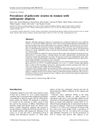 84 citations
,
November 2003 in “European journal of endocrinology”
84 citations
,
November 2003 in “European journal of endocrinology” Women with androgenic alopecia are more likely to have polycystic ovaries and higher androgen levels, which may indicate PCOS.
39 citations
,
August 2001 in “Clinical endocrinology” Lean and obese women with PCOS have similar levels of insulin resistance, indicating it's a core aspect of the condition.
1947 citations
,
September 1995 in “New England journal of medicine/The New England journal of medicine” PCOS is a common hormonal disorder causing irregular periods and increased hair growth, linked to insulin resistance and long-term health issues.
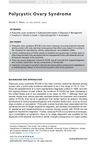 87 citations
,
July 2018 in “Nursing Clinics of North America”
87 citations
,
July 2018 in “Nursing Clinics of North America” PCOS is a common hormonal disorder in women, marked by symptoms like hair growth and menstrual issues, and requires personalized treatment.
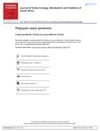 9 citations
,
July 2009 in “Journal Of Endocrinology, Metabolism And Diabetes Of South Africa”
9 citations
,
July 2009 in “Journal Of Endocrinology, Metabolism And Diabetes Of South Africa” The document concludes that managing PCOS involves treating symptoms and reducing long-term metabolic risks, with lifestyle changes being important.
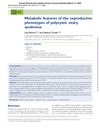 286 citations
,
January 2009 in “Human Reproduction Update”
286 citations
,
January 2009 in “Human Reproduction Update” Women with the NIH type of PCOS have more obesity and higher risk of diabetes and heart disease than those with other types of PCOS.
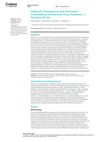
Early detection and comprehensive treatment of PCOS are crucial due to its long-term health impacts and associated risks.
 1 citations
,
January 2017 in “Spectrum Research Repository (Concordia University)”
1 citations
,
January 2017 in “Spectrum Research Repository (Concordia University)” Women with PCOS have altered brain structure and reduced cognitive performance.
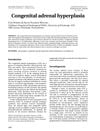 16 citations
,
September 2008 in “Dermatologic Therapy”
16 citations
,
September 2008 in “Dermatologic Therapy” CAH is a genetic disorder affecting cortisol production and causing hormonal imbalances, with treatment and diagnosis varying by form and symptoms.
